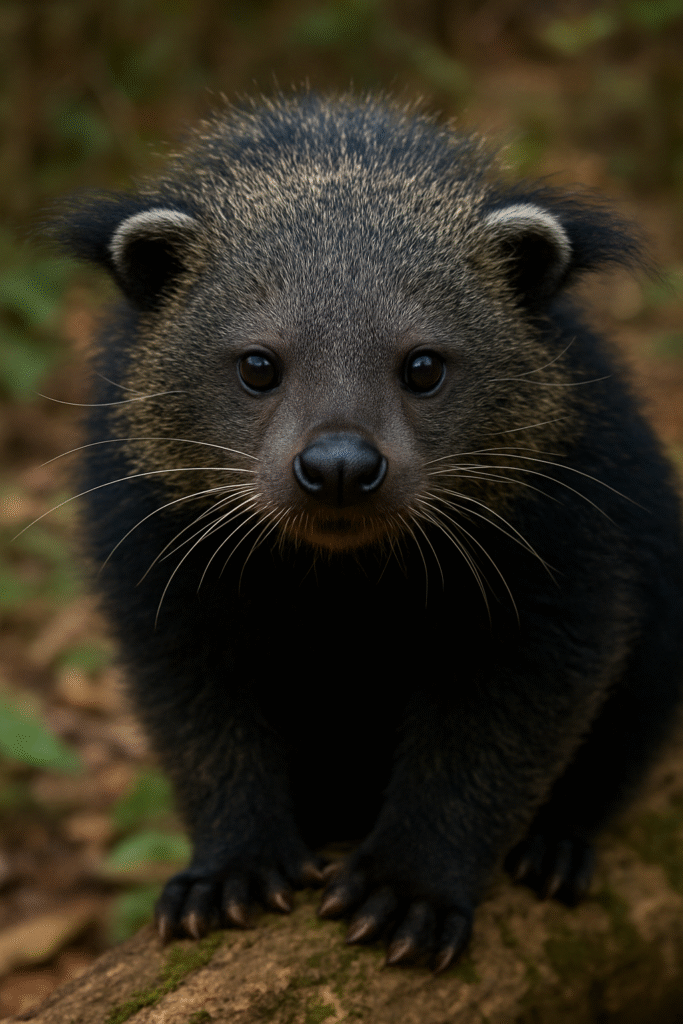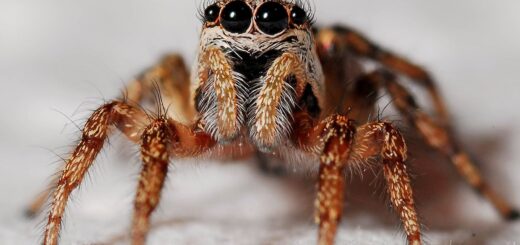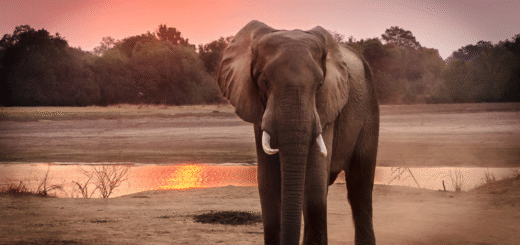Binturong: The Mysterious “Bearcat” of the Asian Rainforest
What Is a Binturong?
The binturong (Arctictis binturong), often nicknamed the bearcat, is a fascinating and elusive mammal native to the dense tropical rainforests of Southeast Asia. Despite its nickname, it is neither a bear nor a cat but belongs to the Viverridae family, which includes civets and genets. With its thick, shaggy fur, long whiskers, and prehensile tail, the binturong is a truly unique creature that captures the curiosity of animal lovers and wildlife researchers alike.

Where Do Binturongs Live?
Binturongs are primarily found in the forests of India, Nepal, Bangladesh, Malaysia, Indonesia, the Philippines, and southern China. They thrive in canopy-level environments, spending most of their time in trees. Their semi-arboreal nature and excellent climbing abilities make them masters of the jungle canopy.
What Does a Binturong Look Like?
Binturongs can weigh up to 50 pounds and grow to over 5 feet in length, including their tail. Their coarse black fur, small rounded ears, and bushy tail give them a striking appearance. One of their most unusual features is their scent—binturongs smell like buttered popcorn due to a chemical compound in their urine, which they use to mark territory.
Diet: What Do Binturongs Eat?
Binturongs are omnivores, with a diet that includes:
- Fruits (especially figs and bananas)
- Small animals (birds, rodents)
- Insects
- Eggs
- Leaves and plant matter
They are crucial seed dispersers in the rainforest, helping to maintain the health of their ecosystem.
Binturong Behavior and Lifestyle
These animals are nocturnal and solitary, though females are sometimes seen with their young. They are excellent climbers, using their prehensile tail—a rare feature among mammals—as a fifth limb to grasp branches. Binturongs are known for being slow-moving but highly agile when navigating treetops.
Conservation Status: Are Binturongs Endangered?
Yes, the IUCN lists the binturong as Vulnerable. Habitat destruction due to deforestation, hunting for traditional medicine, and the exotic pet trade have all contributed to declining populations.
Conservation efforts focus on:
- Protecting rainforest habitats
- Creating awareness
- Breeding programs in zoos
- Legal protections in native countries
Fun Facts About the Binturong
- A binturong’s tail is as long as its body.
- They communicate with whines, grunts, and chuckles.
- Despite their slow movements, they are excellent at ambushing prey.
- Females are larger than males—rare among mammals.
Why Is the Binturong Important?
Binturongs play a vital ecological role as seed dispersers, especially for fig trees, which are a keystone species in many Asian forests. Their decline could impact the biodiversity of the entire ecosystem.
Final Thoughts
The binturong remains one of the lesser-known animals of Southeast Asia, but its unusual appearance, behaviors, and ecological importance make it a species worth protecting. Whether you’re an animal enthusiast or a conservationist, spreading awareness about the binturong can contribute to preserving the rich biodiversity of our planet.








